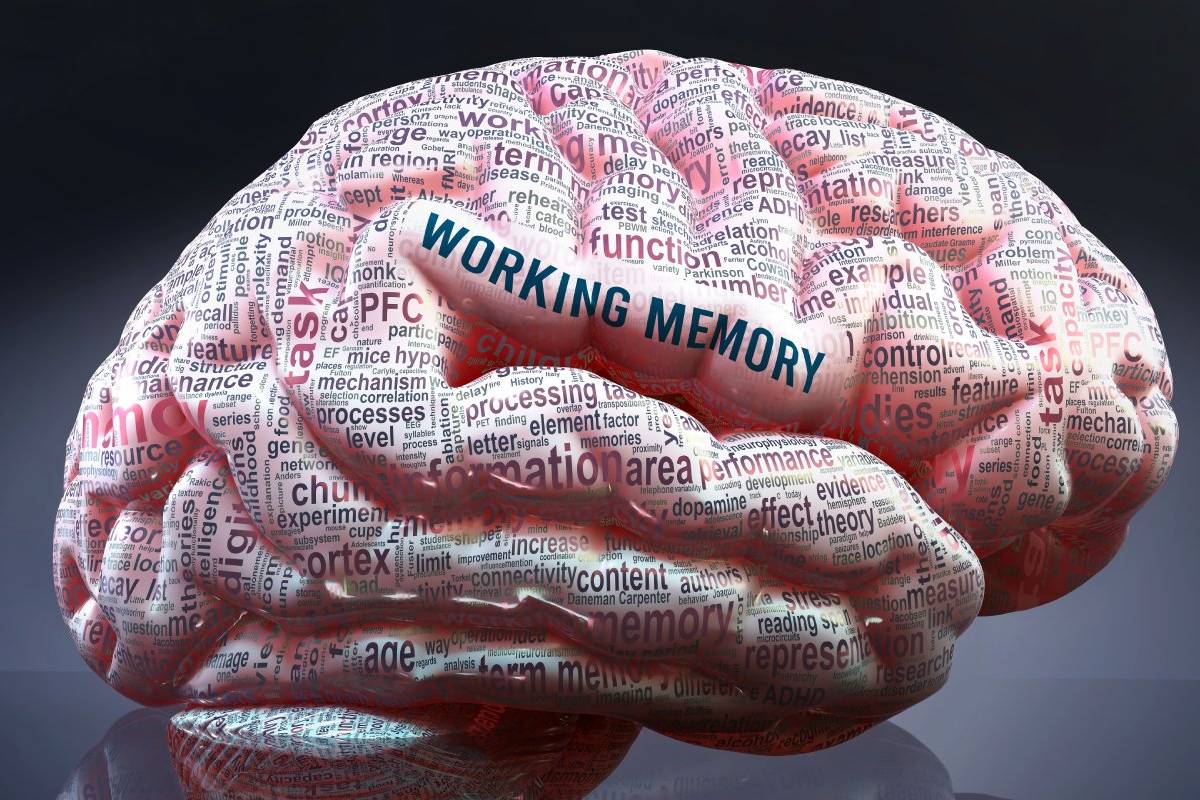It can be challenging for teachers to find information about working memory, yet it is often an area that students struggle with.
For teachers who want to carry out working memory interventions, a piece of research by Westby published in 2020 shines a light on some valuable principles.
This post will highlight some of the ideas that Westby has researched to help teachers understand how they can support working memory better.
What is working memory?
Working memory is essential for manipulating stored information. It has a limited capacity and only holds information temporarily to enable reasoning and decision-making.
Students with poor working memory may struggle to learn new concepts and complete more complex tasks.
There is no quick fix to supporting learners with a working memory deficit. However, understanding more about it and utilising this knowledge to change how you teach can significantly impact outcomes.
Ideas for Supporting a Deficit in Working Memory
Let’s explore some of Westby’s main points set out in his paper.
Working Memory Capacity is not Improved by Repetition
Westby warns that many commercial products use unsubstantiated claims about improving working memory capacity.
His research found that activities involving multiple repetitions did not improve examination results.
However, more dynamic interventions that include listening, speaking, reading, writing and social interaction may support a working memory deficit.
Focus on Increasing Knowledge and Automaticity Through Language
Language skills are vital for attention, storage, coordination and problem-solving.
Factors that influence the ability to achieve these include the environment, attention, emotional regulation and the specific demands of a task.
Teachers who develop their pedagogy regarding communicating explicit instructions will improve these areas and therefore influence pupils in acquiring knowledge and automaticity (performing a skill unconsciously).
Use Visuals to Improve Processing
Westby found that visual representations of linguistic information may help pupils to hold language externally. They can then process the information more easily.
Graphic organisers are visual displays that arrange ideas and reveal the relationships between concepts. They are designed to improve learning by impacting the effectiveness of processing for a learner.
Your Speech Affects Pupils’ Comprehension
How you deliver your teaching through speaking can influence pupils’ working memory and understanding.
Aspects of your spoken language that you can watch are:
- Speed
- Stress on keywords
- Length
- The complexity of semantics and syntax
- Micropauses highlight aspects of your words
- Gestures to emphasise the meaning
Look at Additional Factors that Could Impact Performance
As Teachers, we often focus solely on how we teach, but many other factors can impact working memory and processing in the classroom.
- Classroom interruptions
- Environmental noise
- Complexity and demands of a task
Students with a working memory deficit will be disadvantaged when tasks have a high cognitive burden. Managing behaviour and reducing distractions is a good start to maintaining a positive environment to enable learning.
A straightforward fix for supporting students’ processing and working memory is for teachers to modify materials for those who require more support with language.
Of course, in theory, this sounds easy, but in practice, it will increase teacher workload.



